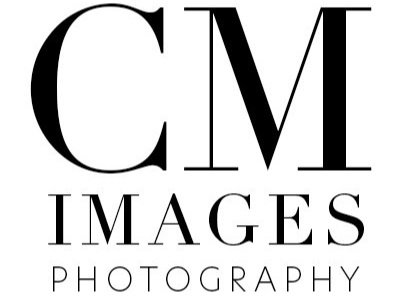Posing Guide 3: Putting your Best Foot Forward (Figuratively and Literally)
Now that we know the best ways to position our head and upper body, we need to learn what to do with the lower body. How you stand can have a big impact on how you look on-camera. Just like with the arms and upper body, the wrong positioning can make you look tense and uncertain.
First, here’s what you want to avoid: you don’t want to be standing at attention. You don’t want to have your lower body facing square with the camera, with both legs right next to each other and completely straight. This is a great way to make you look rigid and tense.
So, tense is bad. Got it.
What you want to do is shift your weight to one foot. When you do this, you add shape to your body. This will add a much more relaxed look to the photo and it can also make you appear less heavy. You always want to accentuate shape in the body when you can.
Here’s the simplest way to do this: stand at a 90-degree angle in relation to the camera. Now, turn the foot that’s closest to the camera toward the lens. Your feet should be at a 90-degree angle. Now, turn your hips and upper body to be at a 45-degree angle with the camera and shift your entire weight onto the back leg.
Next step (literally and figuratively): now that all the weight is off your front leg, bend that knee and widen your stance a bit until it looks and feels comfortable. Done! You’ve just shifted your weight around in order to give your body a nice, relaxed look and also bring out some curves that add a more dynamic look to the photo.
Is that it?
There are some alternative ways to accomplish this same goal. First, you might consider crossing your ankles. This positioning can look a bit awkward at times in a photo, but if the shot isn’t going to show your lower body then it’s definitely something to consider. It also works really well if you’re leaning against something, such as a wall or a tree. It also works well if you’re sitting.
Another option is to slightly elevate that front leg by resting it on an object, such as a step or a small box. Be careful about the height of the object, though: you don’t want to do a full-on Captain Morgantm! Remember what we discussed about 90-degree angles with arms? It applies to legs just as much. You don’t want more than a 45-degree angle with your leg.
And there you have it! You now know a few simple techniques that you can work into any pose to make sure you look your best on camera. Not only do you know what to do, but more importantly, you know why you’re doing it.
There are many problems with this pose. How many can you spot? Her legs are at unflattering angles, her wrist is bent uncomfortably, her weight is distributed evenly on the walkway...
This pose is much more flattering! The legs are crossed at the ankles and her weight is shifted to one side, which add shape to the body. Both arms are positioned in a natural way and her wrist doesn't look strained.



